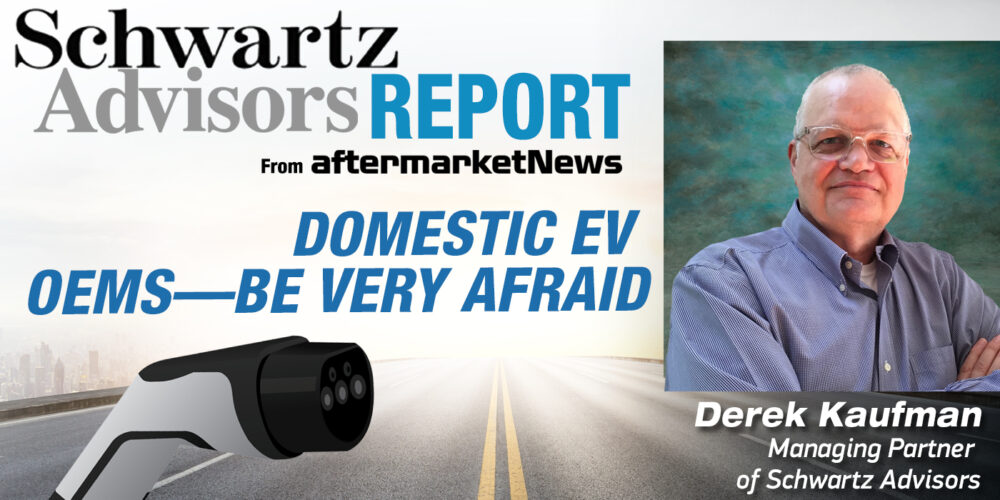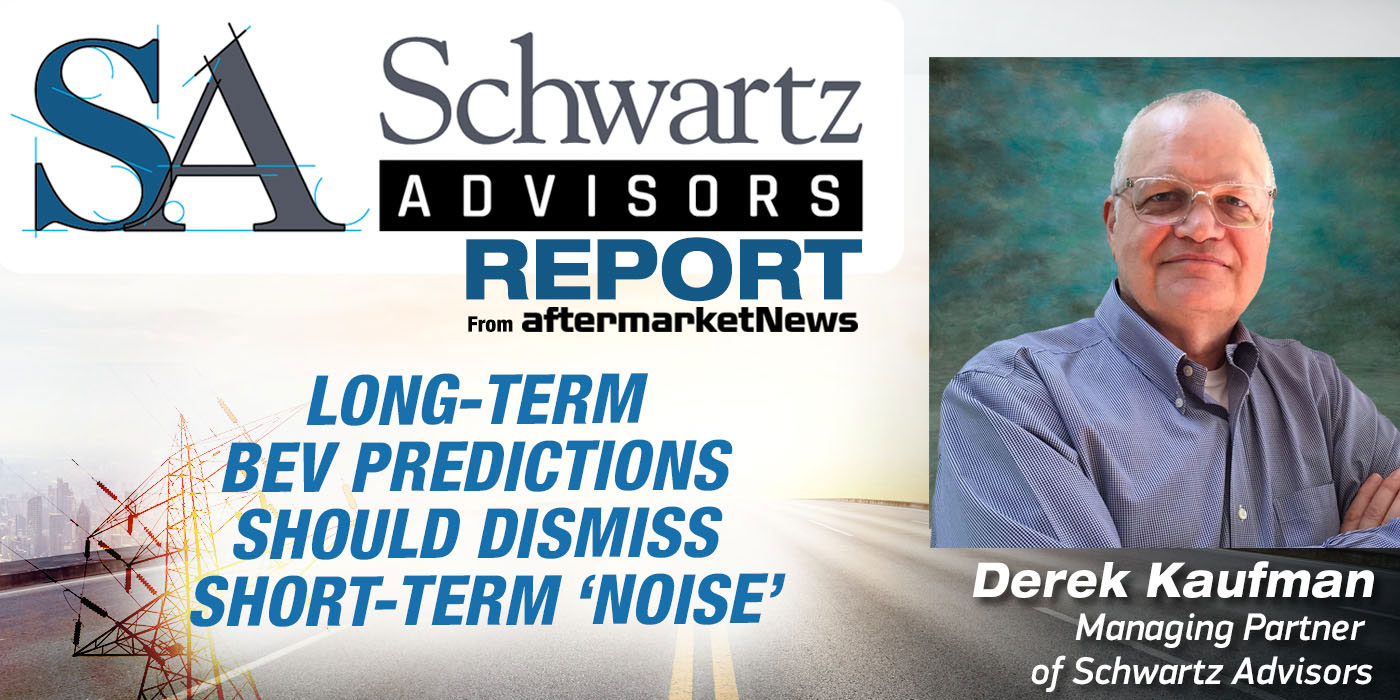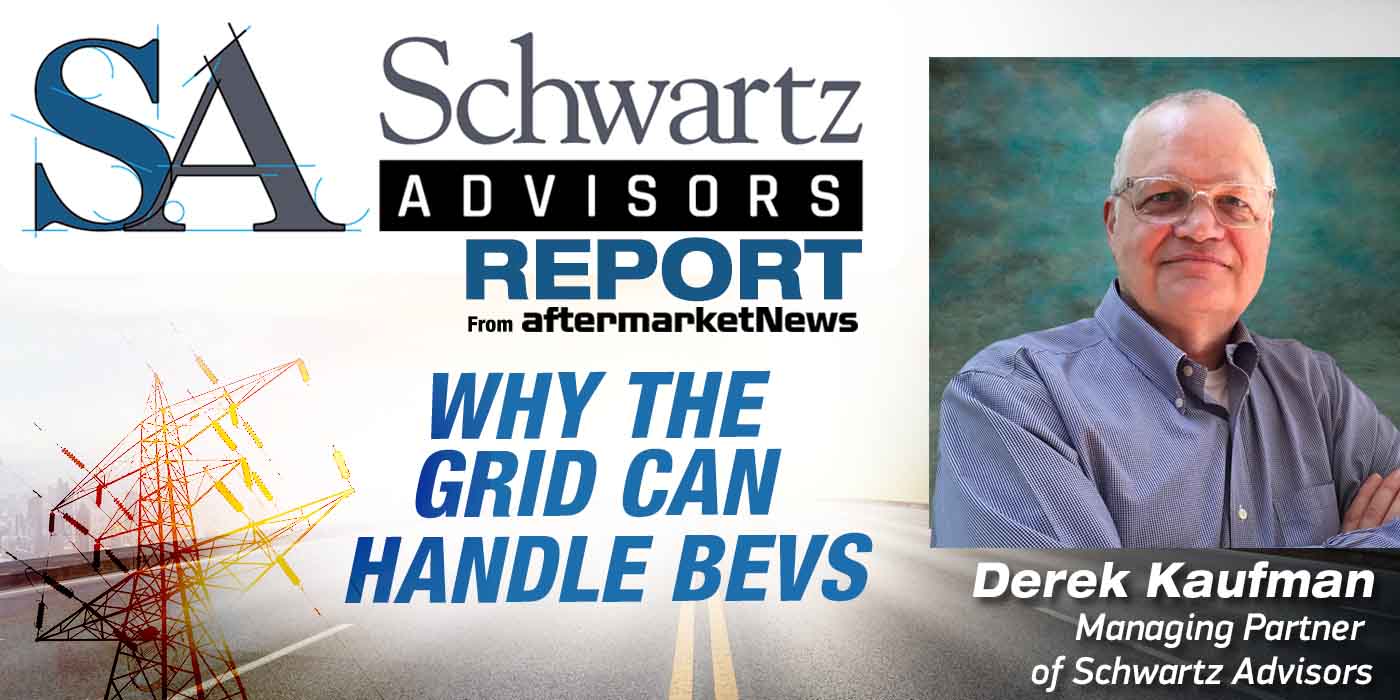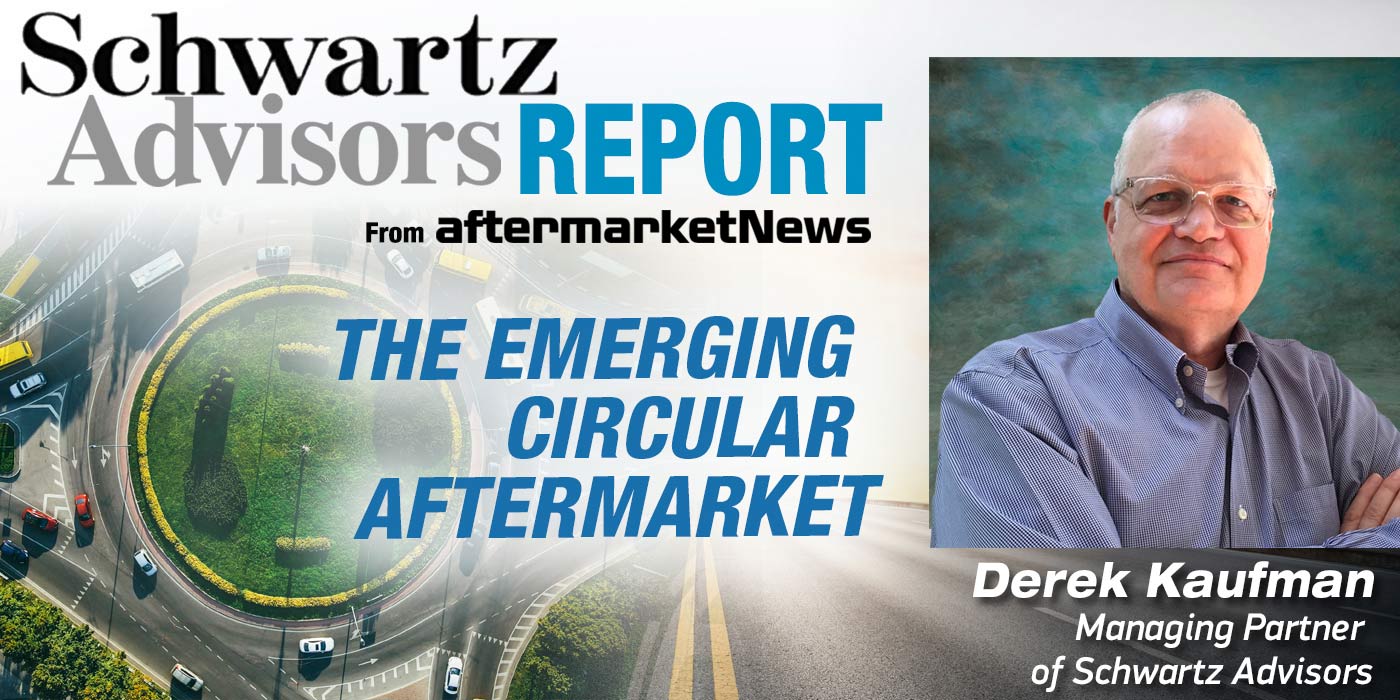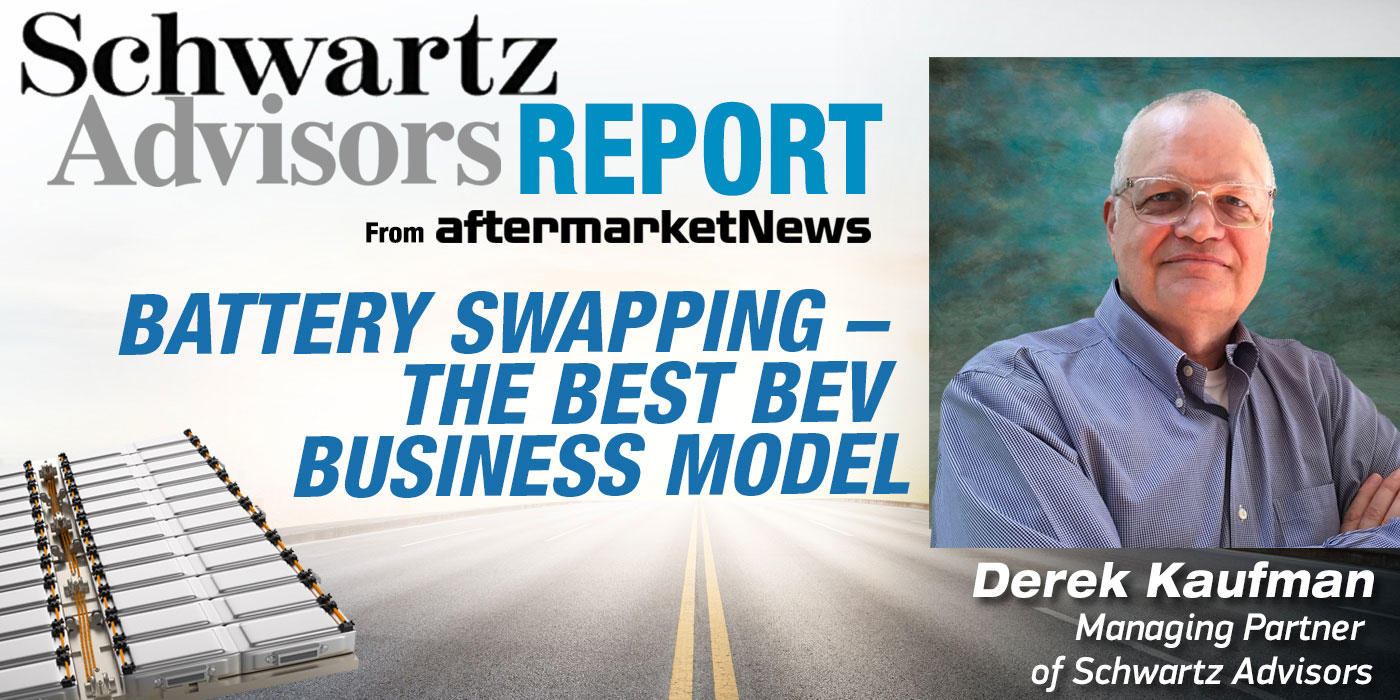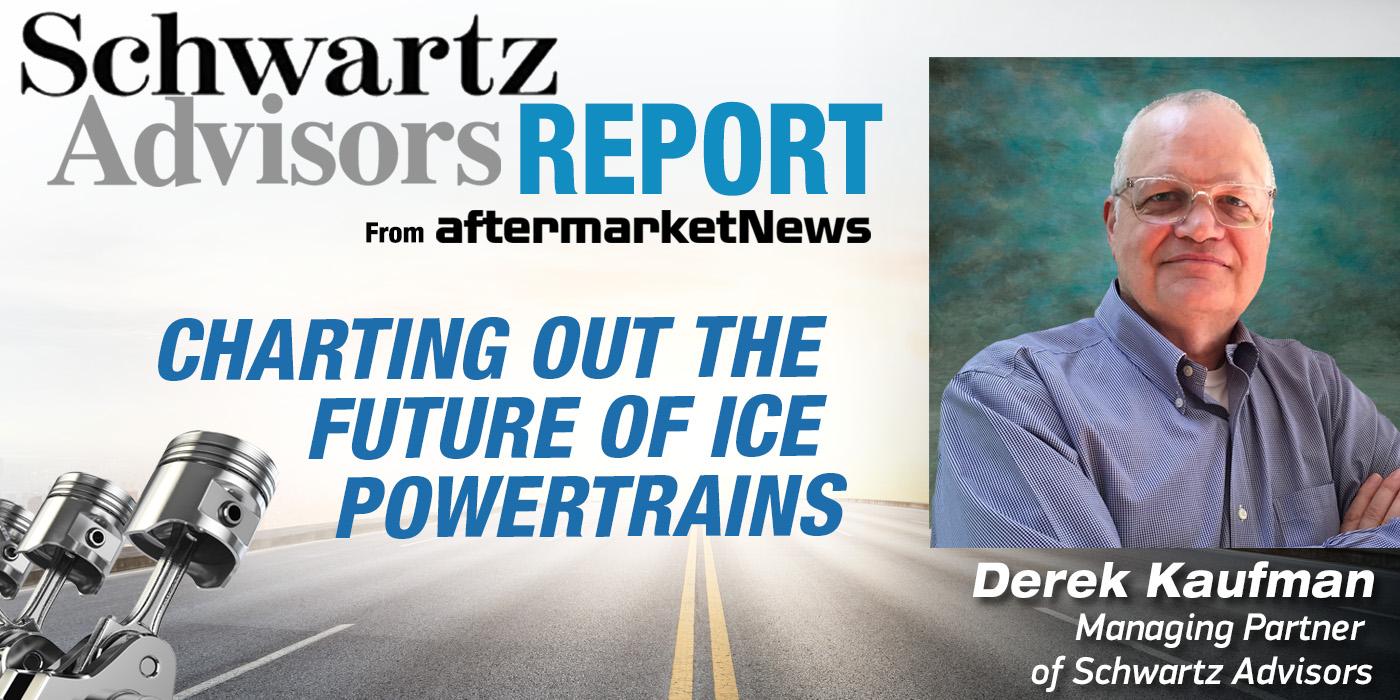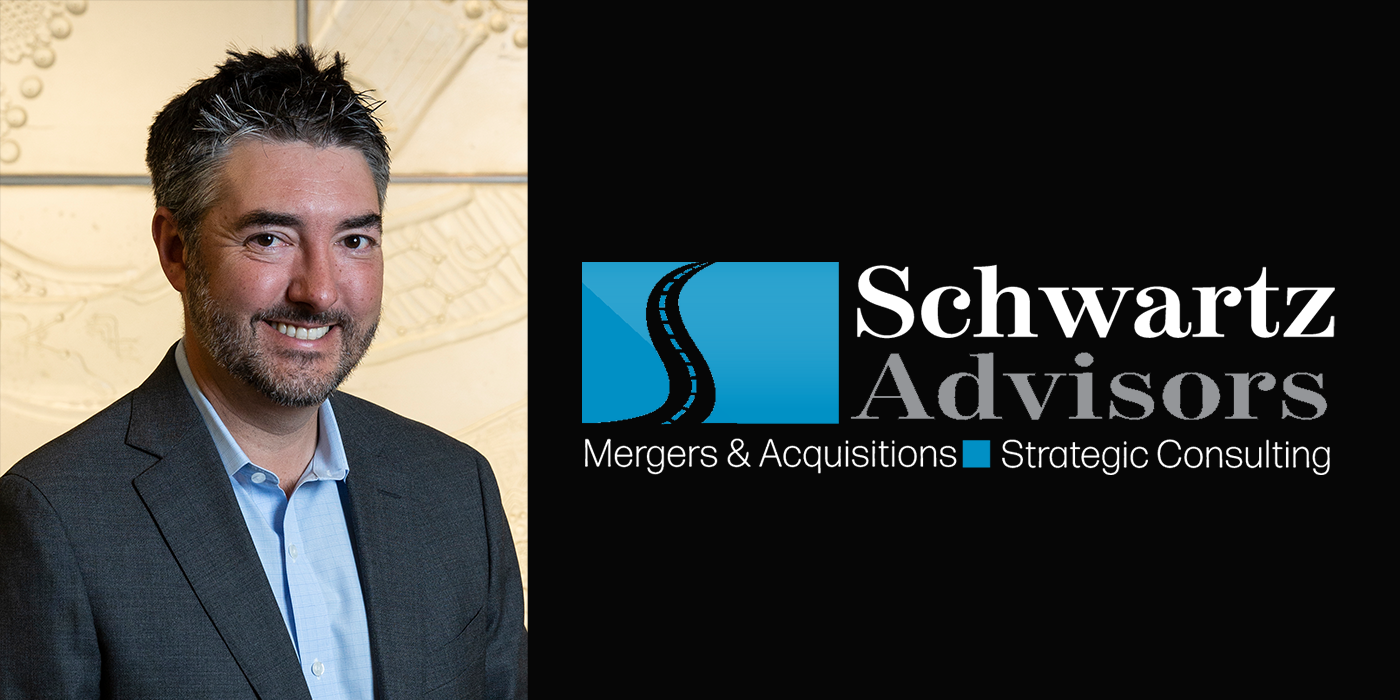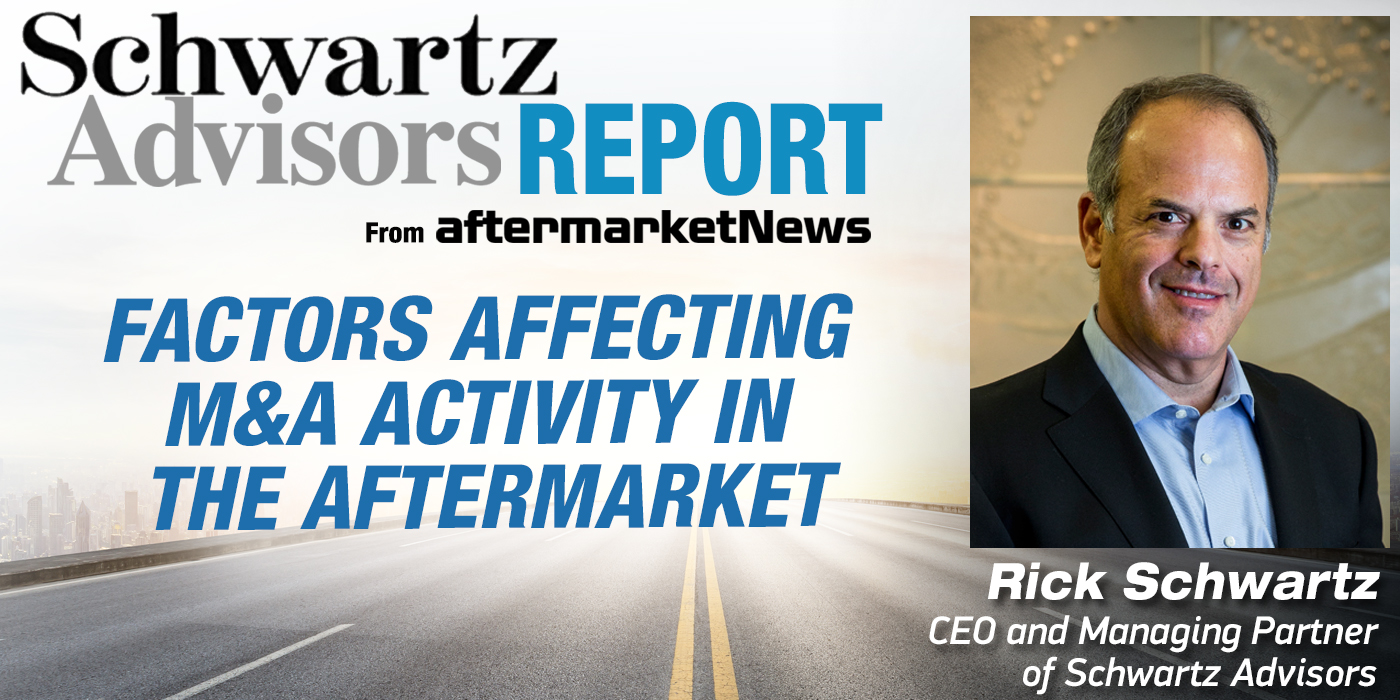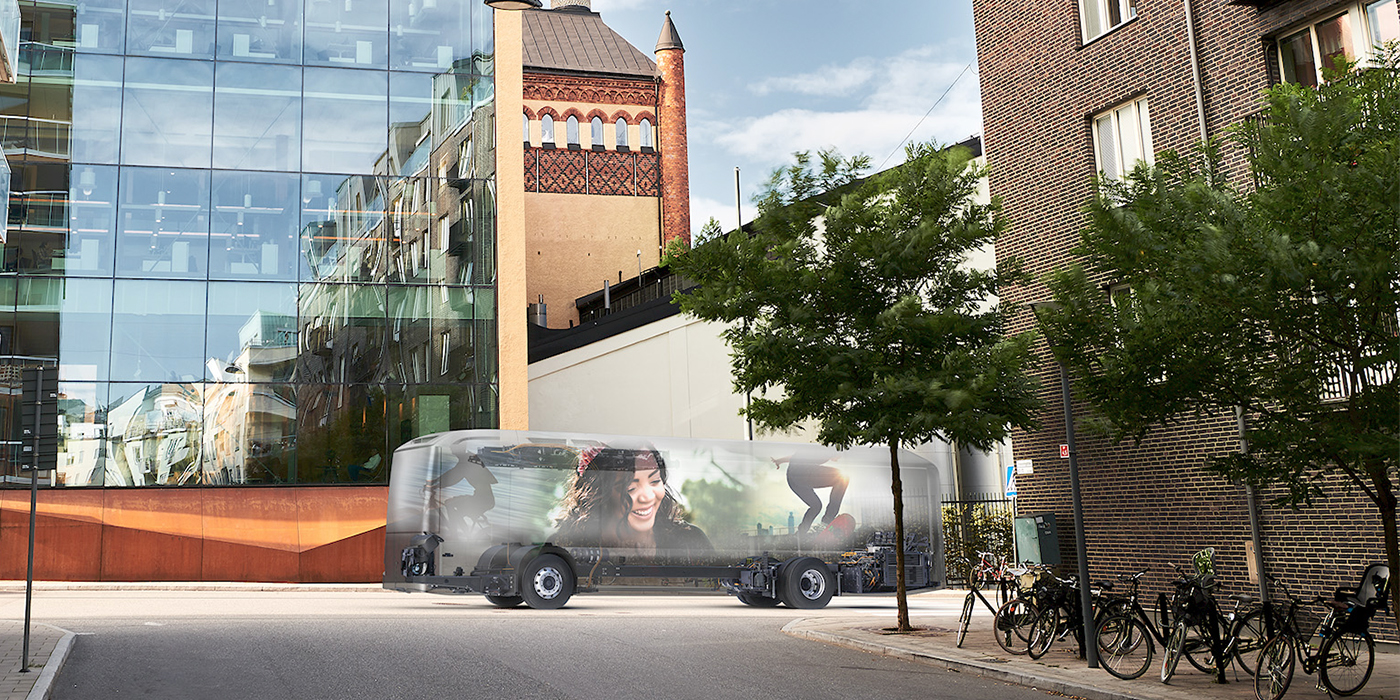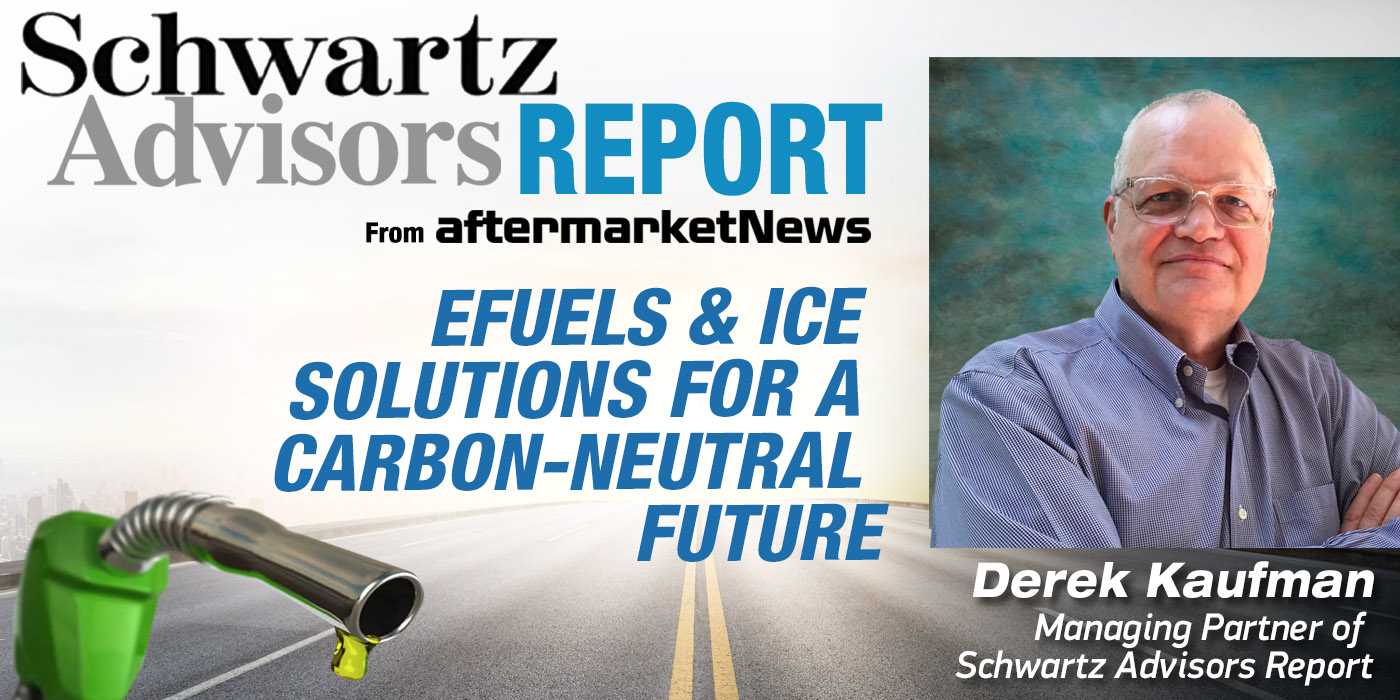Do you remember Solyndra? In 2009, Solyndra received a $535 million U.S. Department of Energy loan guarantee, the first recipient in President Barack Obama’s economic stimulus program, the American Recovery and Reinvestment Act of 2009. Their solar panels were to be the flagship of a government funded move to renewable power.
Then reality set in. Chinese solar panel producers flooded the market with low priced solar panels, and Solyndra could not compete. In its bankruptcy, US taxpayers took a $528 million loss on the loan.
I tell the Solyndra story because I think it might be a case of “I’ve seen that movie before” as we are watching the global market for battery electric cars. Can China do to the battery electric vehicle market what they did to solar? I fear the answer is yes.
The Biden Administration’s Inflation Reduction Act has done a good job at generating activity in US-based BEV battery plants and vehicle assembly. It has pulled production out of Europe and blocked some of the advances of China, but China still has a huge advantage in the scale of its BEV industry, and it will control the battery minerals market for many years to come. It is well positioned to flood the BEV market with low priced BEVs that will undercut US and European vehicle OEMs as they ramp their BEV production.
Forecasts show 9 million BEVs being sold in China in 2023 even in their slowing economy – that will be about 35% of the total vehicle sales in the country. For reference, the US may see 1 million BEVs sold this year representing 7% of sales, and Europe could see 1.7 million sold at 15.4% of their total vehicle sales. Accounting for Japan and all other vehicle markets, 60% of global BEV sales will go into the Chinese market.
The question is – will the BEV growth trends in China translate to other world markets, resulting in a Chinese product takeover of global BEV sales? Some facts to support that possibility:
- Chinese vehicles brands have now displaced many western brands in China – they represent 50% share of the market today.
- BYD now outsells Tesla in China.
- China’s BEVs compete for share in three broad price ranges — <$7,500, <$15,000 and >$30,000. BEVs dominate the two low ranges and are gaining share in the premium market. That means there are many Chinese BEV models that are priced 30-50% below the BEVs selling in the USA today.
- Brands like BYD, XPeng, Nio, Li Auto, SAIC and Geely are building first-class products that will compete in the global marketplace. Entry into dealer networks in the USA and European markets will be tough, but their lower prices will be compelling.
- China controls the mineral supply for over 60% of the anodes and cathodes used in BEV batteries. In some key minerals, China controls 80-90% of the supply.
- China’s CATL is the largest lithium-ion battery producer in the world. They are flooding the market with low-cost Lithium Iron Phosphate (LFP) batteries.
- WeLion has developed a lightweight, semi-solid-state battery cell with superior energy density. The cells incorporate a solid electrolyte, silicon graphite composition anode and nickel-heavy cathode resulting in an energy density of 360Wh/kg. For context, Tesla’s latest 4680-cell battery, which is considered industry-leading, has a density of 272-296Wh/kg.
- Nio, the leader in battery swapping, will use the WeLion cells in a 150-kW swappable pack that will provide over 600 miles of range.
- Battery plant expansion in China is crazy. Current build rates will result in an overcapacity of four times what the country needs by 2027 and two times the volume of what China’s entire car fleet will need to be 100% BEV by 2030. Those batteries will need to go somewhere and over-supply equates to lower prices.
- Chinese firms have acquired ownership or operational stakes in 95 ports in 53 countries spanning every continent except Antarctica. They have operational control of the Rotterdam port in the Netherlands and key ports controlling flow through the Panama Canal. Control of these ports can lower the shipping costs and increase the efficiency of moving Chinese BEVs around the world.
- Meanwhile, domestic vehicle OEMs are struggling to move BEVs off dealer lots. While BEV demand is growing, dealer BEV inventory was over 100 days at mid-year 2023, which is about twice that of non-BEV cars. BEV models are also proliferating as OEMs race new models to market. This is resulting in a high number of BEV models that will sell at very low volumes, which is a hard way for OEMs to make money.
Put yourself in Ford’s, Stellantis’s and GM’s shoes. They are investing billions of dollars in BEV battery plants and new vehicle development, but are behind Tesla in both technological advancement and manufacturing cost. The Tesla vehicle program is totally vertically integrated. It produces software, batteries and motors that significantly outperform other vehicle designs. In motors alone, Tesla is designing products with higher efficiency and manufacturing them at roughly one third the cost of domestic OEMs. The domestics are also about to see disruption and increased costs as result of their UAW negotiations. Now add an influx of low-cost Chinese BEVs to put pressure on the domestic producers’ margins. It is the definition of the perfect storm.
The clock is ticking. On one side, GM, Ford and Ram see pressure from the federal government to convert all sales to BEVs that are manufactured in the United States. On the other side, they are trying to prop up the sales of their ICE pickup trucks which are their top sellers and generators of the majority of their profits.
I’m not saying the domestic OEMs will fail. They are great companies with a lot of capability. But I bet they’re worried.

